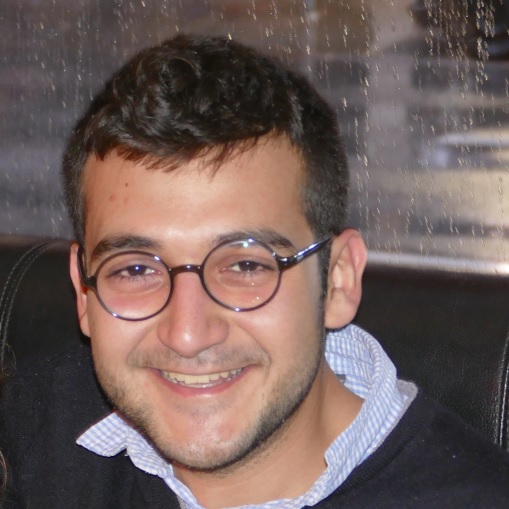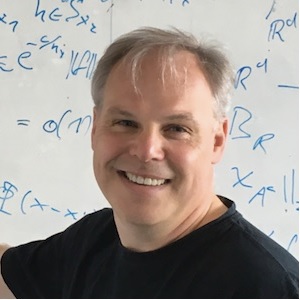Use Case DESY III
Active and spectral learning in quantum molecular physics
Date:
Duration:
Location:
Abstract
Elucidating experiments and observing chemical dynamics require accurate theoretical predictions for laser-molecule interactions, which are governed by several Schrödinger equations. Solution methods for such equations suffer from the curse of dimensionality, i.e., the amount of computational resources needed to describe such interactions grow exponentially with the dimensionality of the system. This renders such computations prohibitive for bigger molecules. Neural networks have been very successful in modelling high-dimensional functions and were shown in some case to be free from the curse of dimensionality.
We introduce in this lecture the problem of constructing potential energy surfaces, which are linear operators that we use to construct Schrödinger equations. We show that a naive supervised learning paradigm still results in expensive computations and show how we can reduce these costs using an active learning paradigm. Finally we introduce the concept of spectral learning, where neural networks, combined with standard spectral methods, are used to solve differential equations. We apply this paradigm to compute the vibrational Schrödinger equation for three-atomic molecules. Moreover, we present convergence guarantees for specific Schrödinger equations and show that such convergence can be made arbitrarily faster than that of standard spectral methods.


